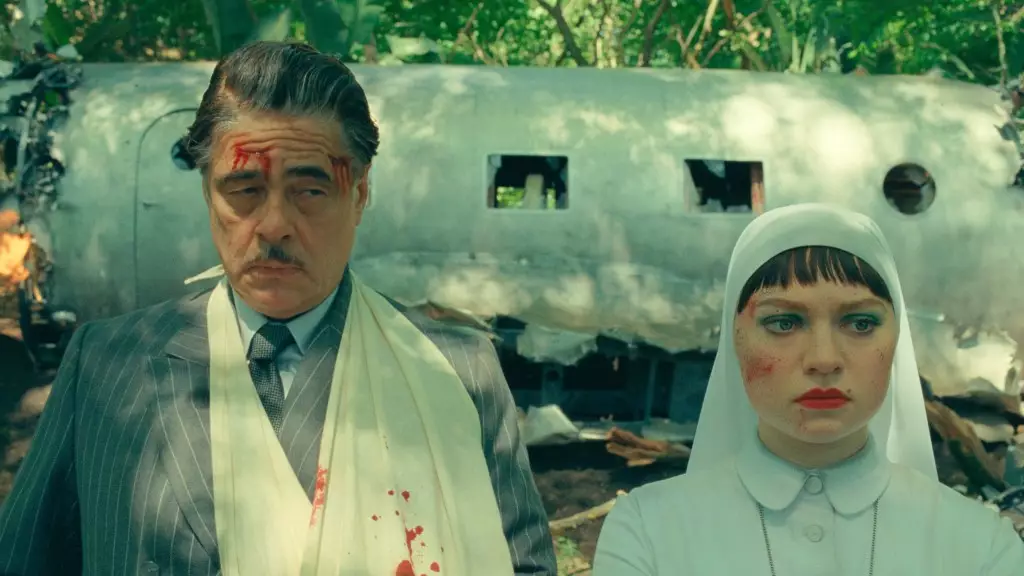Benicio del Toro’s recent anecdote about a TSA experience sheds light on the peculiar intersection of art and real-life safety protocols. As he shared on “Late Night with Seth Meyers,” the Oscar-winning actor found himself in an unusual predicament thanks to the script for Wes Anderson’s latest film, “The Phoenician Scheme.” This seemingly innocent screenplay drew the TSA’s attention, turning an ordinary travel experience into a moment of suspense and laughter. In today’s world, where reality often blurs with fiction, del Toro’s story highlights how quickly perceptions can shift, particularly when sensitive subjects are involved.
Caught in a routine airport security check, del Toro recalled how the opening scenes of his screenplay could easily set off alarm bells. With titles like “Interior Airplane: Bomb” and “Interior Cockpit: Eject the Pilot,” it’s no surprise that the TSA agents grew wary. The juxtaposition between a Hollywood script and safety precautions jettisons the ordinary into absurdity, revealing how creatives can sometimes inadvertently provoke anxiety. Del Toro’s casual approach to dissecting the situation lends a humorous layer to an otherwise serious scenario, and his demeanor transforms a potentially alarming experience into a comedic narrative.
The Fine Line Between Creativity and Caution
Del Toro’s experience raises crucial questions about the relationship between creative freedom and societal concerns over safety. The entertainment industry is often a vessel for exploring darker themes yet has to navigate the ubiquitous backdrop of real-world dangers. When art imitates life too closely, the consequences may include not just critical acclaim but also unintended repercussions, such as this airport security incident. The irony isn’t lost on us; while we entrust artists with the power to craft narratives that entertain and provoke thought, these very narratives can become contentious when they entangle with public safety agendas.
This story also serves as a testament to the diligence of our security personnel, who must maintain vigilance in a world fraught with unpredictability. Del Toro’s humorous acceptance of the TSA agent’s actions portrays a commendable respect for the safety measures in place. It is a reminder that even in the most absurd circumstances, there is a universal understanding of the necessity of caution. The incident illustrates a broader truth: the vigilant watchfulness we experience daily, often at the cost of spontaneity and humor in our interactions.
A Moment of Recognition
Amid the chaos of security checks, there was a stroke of serendipity when the TSA supervisor recognized del Toro, potentially easing the tension of the moment. This recognition adds a layer of irony to the experience, emphasizing that fame often comes with its own complications. While del Toro’s celebrity status could have made him a target or a special case, it ultimately provided a light-hearted resolution to an otherwise serious engagement with security protocols. This merging of Hollywood celebrity with the mundanity of airport travel underscores the absurdity of modern life, where people in the arts must constantly traverse the realms of reality and narrative.
The encounter also raises conversations about the cultural landscape where art and authority interact. How do we interpret the responsibility of storytellers when their work straddles sensitive subjects? In a society constantly balancing freedom of expression with safety, del Toro’s humorous yet reflective take calls for a reassessment of these interactions. The blending of humor, recognition, and the TSA reveals the complexities of contemporary existence, where artists must tread carefully, even as they challenge the status quo through their craft.
